SOCIAL
Elon Musk Outlines New, Alternate Color Checkmarks to Clarify Verification
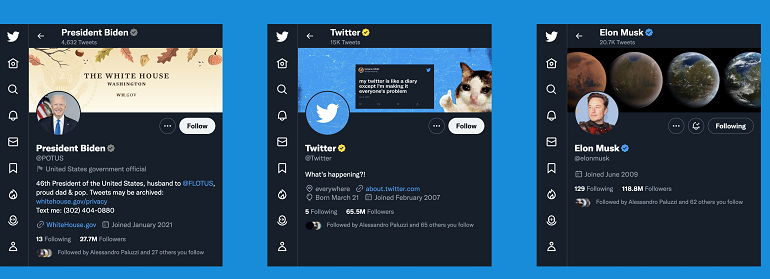
Elon Musk has revealed more details of the coming revamp of Twitter’s $8 verification program, which was initially launched three weeks back, but then pulled from live production due to a raft of impersonations which caused significant confusion in the app.
Those impersonations also led to stock price dips, corporate apologies, misreporting – the $8 verification plan, while only available to some users, for a short amount of time, immediately caused significant issues for Twitter and it’s as partners.
So Elon and Co. took it back, in order to revise and re-shape the program in a more brand-safe, user-friendly way.
And now, Musk has revealed more details as to exactly how the updated $8 verification plan will work.
First, to limit the potential of misrepresentation of corporate and government accounts, Musk says that those profiles will now get a different colored checkmark, which will ensure that people can’t just buy a blue tick and then pretend to be Coca-Cola for example.
As per Musk:
“Gold check for companies, gray check for government, blue for individuals (celebrity or not)”
App researcher Alessandro Paluzzi posted these examples of how these new ticks might look in the app.
It’s a sensible move, which will avoid similar incidents like this tweet from an $8 verified account, which tanked Eli Lilly’s stock price.

The updated gold checkmark will ideally limit the potential for future users to do the same, because they won’t be able to buy the official gold tick – though there will be a period of adjustment and education on such for users.
The alternate checkmarks will also likely kill off Twitter’s new gray ‘Official’ tick, which looks pretty ridiculous.

Of course, the new variations of checkmarks do also add the potential problem of another elusive marker that people will be trying to get. But we’ll cross that extra complication when we come to it.
Another concern with this approach is that it’ll require manual checking, as Twitter can’t know for sure that it’s a brand or government account without some kind of confirmation.
Initially, Twitter has thus far opted to avoid any kind of manual confirmation in this new process, due to the additional labor requirement, but now, Musk says that this will be integrated into the updated process:
“All verified accounts will be manually authenticated before check activates. Painful, but necessary.”
How Musk and Co. do that with any level of efficiency, with 65% less staff, I don’t know, but it seems like they’re going to at least try to find a way to check each $8 subscriber before approving their blue tick.
Musk also noted last week that any change in user name will result in a blue tick being deactivated till Twitter approves the new name.
So, like, a lot of manual monitoring, with a lot less staff.
Also, for the traditional blue checkmarks, there’ll be no differentiation between those who’ve been given the marker, and those who’ve paid for it:
“All verified individual humans will have same blue check, as boundary of what constitutes ‘notable’ is otherwise too subjective.”
Which is true – there are a lot of blue checkmarks on random accounts, and it has been a confused system. But at the same time, there are also a lot of high-profile individuals who could be at risk of impersonation under this system – which, incidentally, is why the blue ticks were introduced in the first place (in 2009, an MLB star sued Twitter for allowing a scammer to use his likeness to dupe people in the app).
There’s also this:
“Individuals can have secondary tiny logo showing they belong to an org if verified as such by that org.”
So an additional qualifier for spokespeople, CEOs and journalists, as another measure to avoid impersonation.
The updated elements will certainly lessen the scope for scam activity, but still, they do also introduce a level of risk, and at the same time, the scheme itself is unlikely to work out as Musk hopes.
The revamp of Twitter’s verification program is Elon’s first grand plan to save the app (aside from cutting costs), by giving users access to one of the most in-demand in-app features – the elusive blue checkmark.
Charging for verification could theoretically kill two birds with one stone, in verifying real humans (while making it cost-prohibitive to crate bot accounts) while also providing a direct revenue stream, thereby reducing the company’s reliance in ads. People want the blue tick, now they can get it, while Musk has also sought to amplify the cultural divide element, by presenting this as a way to even the field, and enable all users to get what only celebrities have thus far been able to access.
Initially, Musk was set to charge $20 per month for this service, but after an argument with the author of ‘Misery’, he reduced this to $8 per month.
In Musk’s view, this is a good deal, because who doesn’t have an extra $8 to spend?
He’s since sought to establish this as the norm, repeatedly telling his critics to ‘now pay $8’, as if it’s a forgone conclusion that people will indeed pay.
But they won’t, and history shows that there’s almost no chance that Musk’s paid verification scheme will actually work as intended.
Take, for example, Twitter Blue, which provides Twitter users with a raft of additional features, which was initially available for $3 per month.
Twitter Blue never saw much take-up, peaking at 100k subscribers, with even the addition of tweet editing, the most requested feature in social media history, failing to shift the needle in any significant way.
Given this, it’s difficult to see Musk’s new, $8 verification getting the number of sign ups he’d need to achieve his aims for the option.
For context:
- If Elon wants to get subscriptions to contribute 50% of Twitter’s revenue, as he’s previously stated, he’ll need 24.6 million users to sign on to pay $8 per month for a blue tick
- If he wants to use this as a means to verify all the humans, so that only bot accounts are the ones that don’t have a blue tick, you’d think he’d be looking at upwards of 75% of Twitter’s user base, or around 178 million users paying each month
- Twitter’s likely to actually lose around $6 per US user, per month, for each person that signs up to the new $8 Twitter Blue scheme, due to Musk’s plan to show Blue subscribers ‘half the ads’. Factoring in App Store fees from the monthly $8 payment, it could actually be a difficult balance from a revenue standpoint, with Twitter potentially even losing money on the deal, if it does end up cutting ad exposure
- The majority of Twitter users are outside the US, where $8 per month could be a lot more cost-prohibitive. This is especially true in India, where most of Twitter’s growth has come from over the past three years. India now has 18.8m users making it Twitter’s third biggest audience market, and while Musk has also flagged variable pricing by region, even $1 per month could be too high for developing markets
Essentially, there’s no precedent to suggest that enough users will sign up to Elon’s $8 per month checkmark plan to make it worthwhile for the company to run, as either a revenue or verification pathway. Just 0.41% of Snapchat users pay for Snapchat+, a fraction of LinkedIn users pony up for Premium, while Meta concluded long ago that charging users was no where near as lucrative as serving a bigger audience more ads.
These new measures do counter some of the issues that the initial version of Musk’s $8 verification program introduced, but then again, they could also avoid them entirely by revising the current blue check system, as opposed to simply letting people pay for the marker.
But regardless, Musk is determined to push ahead, and find out for himself either way
Musk says the updated $8 verification plan will launch on Friday next week (12/2).

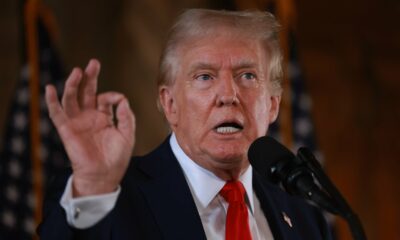





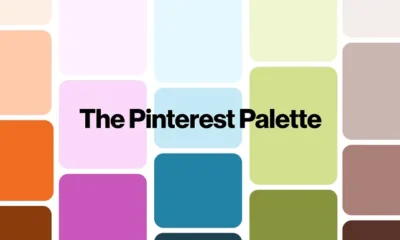

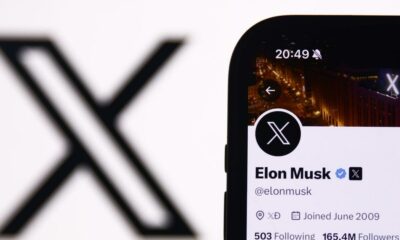



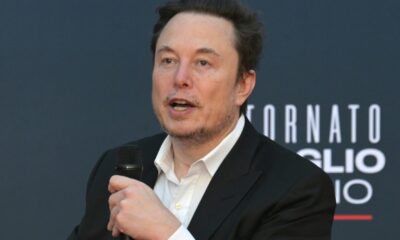



You must be logged in to post a comment Login